In Photos: How Snake Embryos Grow a Phallus
Though snakes now slither across Earth sans any legs, turns out these reptiles have functional versions of limb-enhancing genes. And new research reveals why — They use this DNA to develop the phallus during embryonic development. Check out these photos of snake and lizard embryos, courtesy of Carlos R. Infante. [Read the full story on the snake's limb-phallus genes]
Repurposed genes
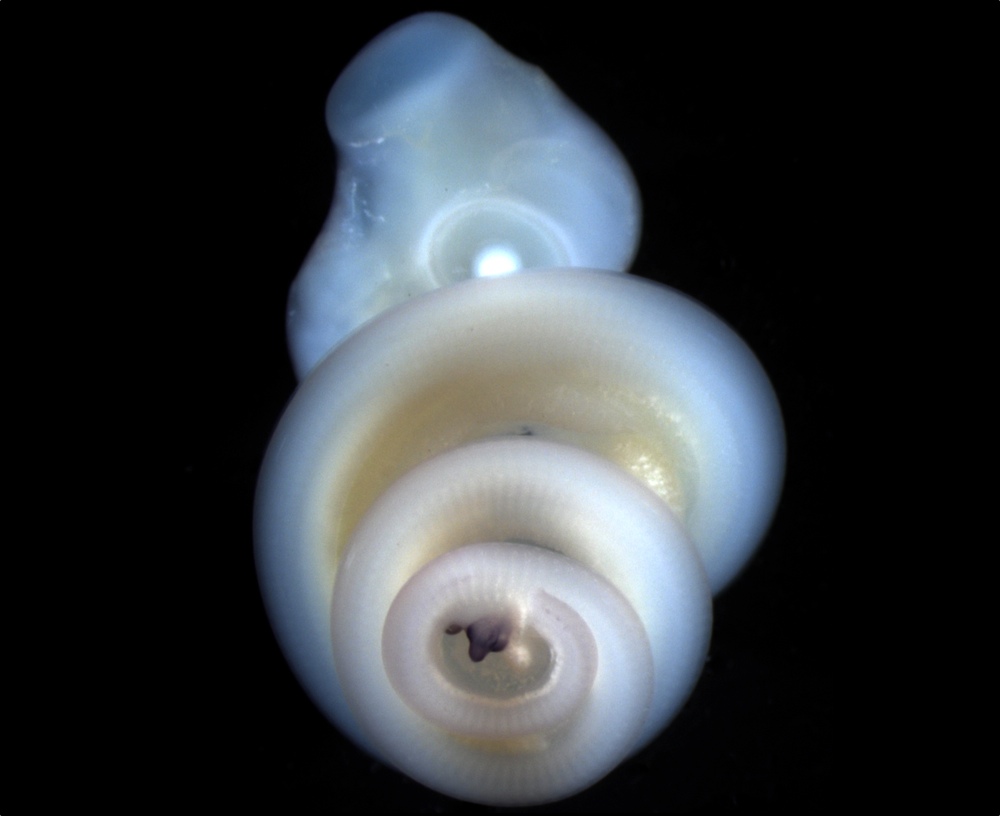
The embryo of a corn snake, injected with a special tracer that shows the expression of the gene Tbx4 (in purple). This gene is important for the development of the limbs in mammals and lizards, but snakes keep it around because it also promotes the growth of the phallus, according to a study published Oct. 1 in the journal Developmental Cell. The study reveals that genetic segments thought of as "limb enhancers" are used in both the limbs and in the genitals.
Lizard embryo
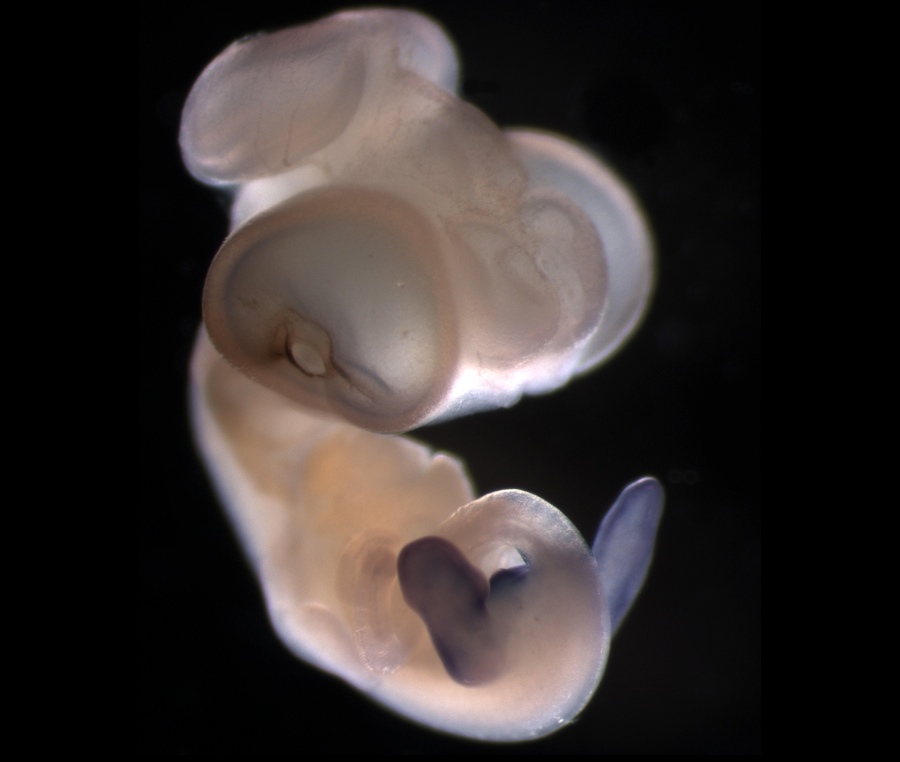
The embryo of an Anolis lizard, with the purple stain showing the expression of the hind limb/phallus gene Tbx4. Legs and phalluses are both outgrowths of the body, so evolution has stayed efficient by using similar genetic sequences for the development of both.
Baby snake

A corn snake embryo. New research finds that snakes retain most of the genetic sequences that mammals and lizards use to promote limb growth. But snakes now use these genes only to grow phalluses.
Sign up for the Live Science daily newsletter now
Get the world’s most fascinating discoveries delivered straight to your inbox.
Mixed up genes
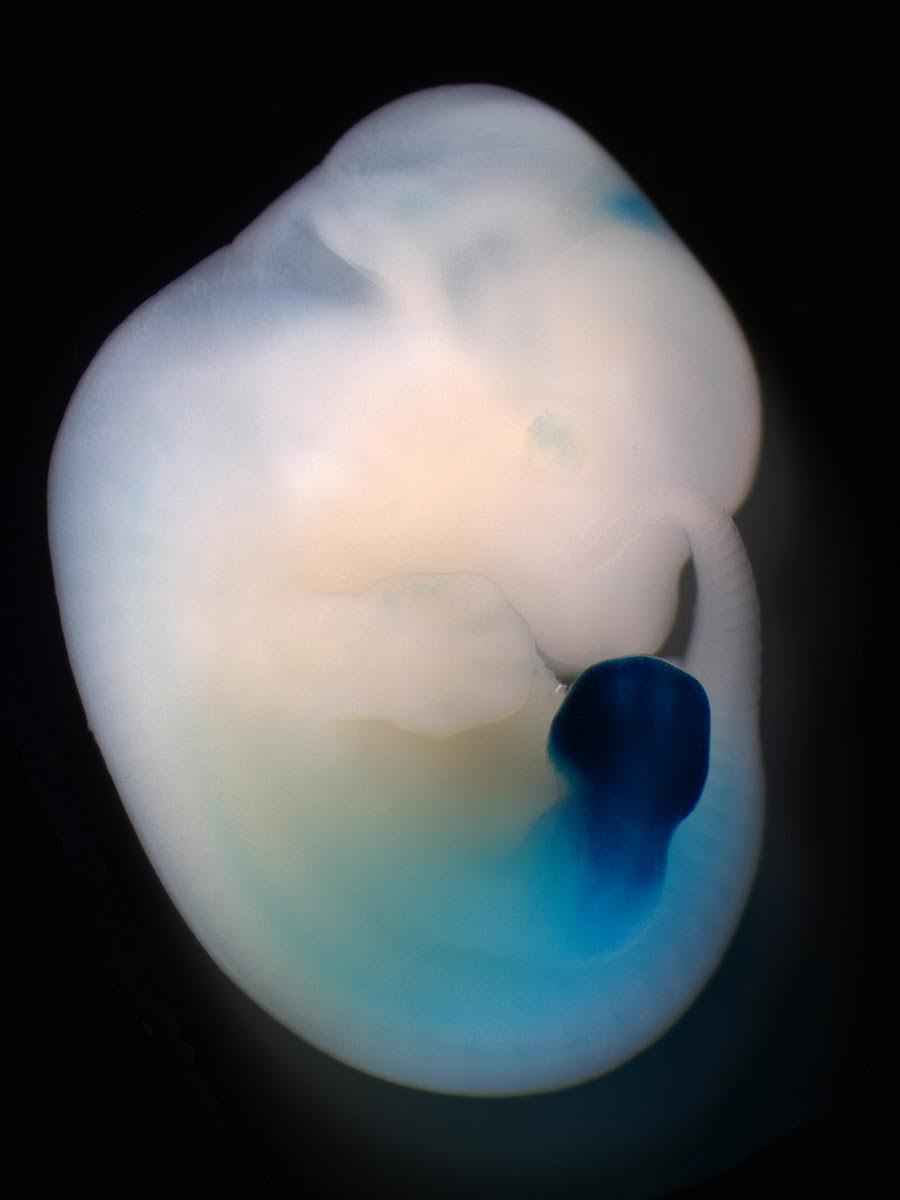
A mouse genital carrying the leg-and-genital enhancer genes from an Anolis lizard. By injecting the lizard genes into the mice, researchers were able to show that the gene sequences carry out the same function in both reptiles and mammals: promoting the growth of both legs and genitals. A tracer shines blue to show where the genes are being expressed during this stage of development.
Double-duty DNA
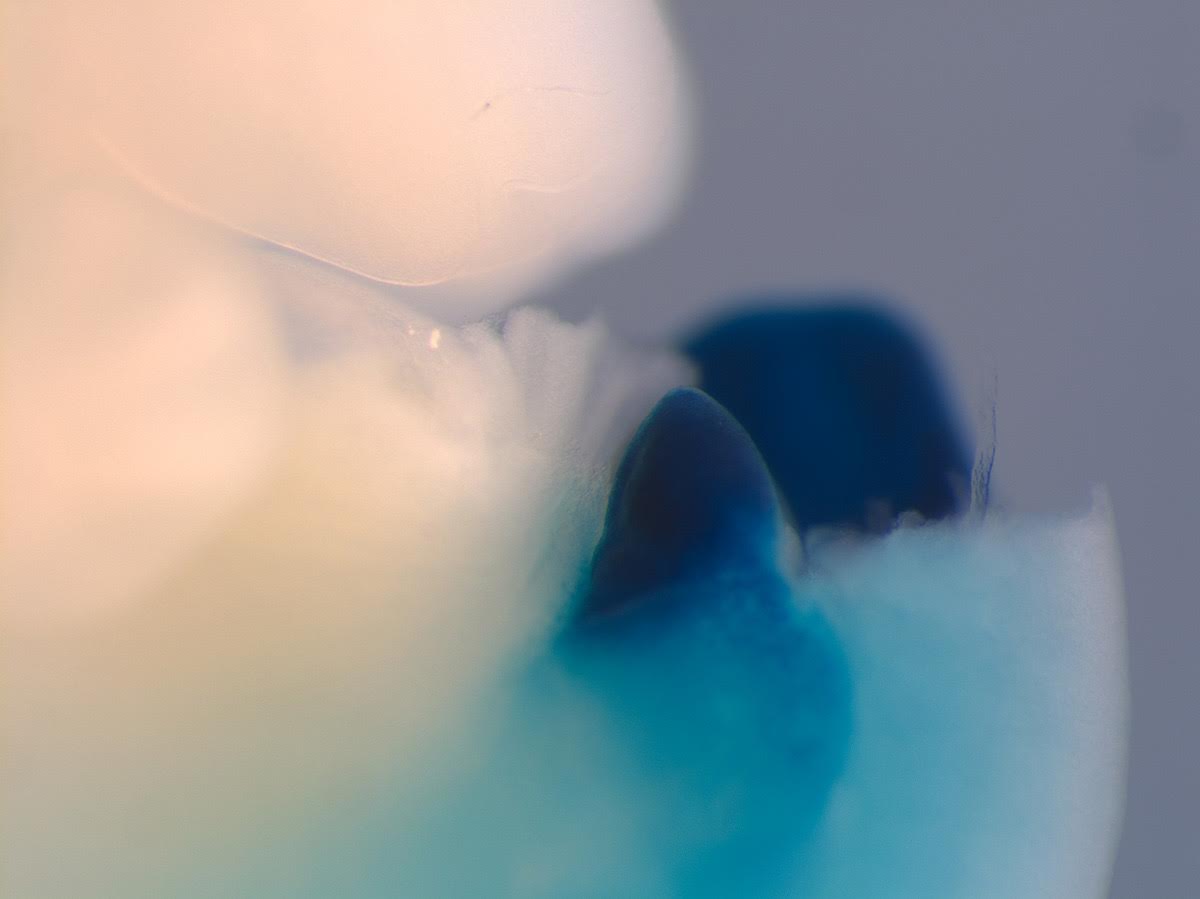
A close look at the genitals of a mouse embryo that has been injected with Anolis lizard limb-and-genital enhancer genes. The bright blue nubs are the mouse's developing genitals. The lizard genes play the role of encouraging the outgrowth of the genitals as well as the legs.
Specialized snake genes
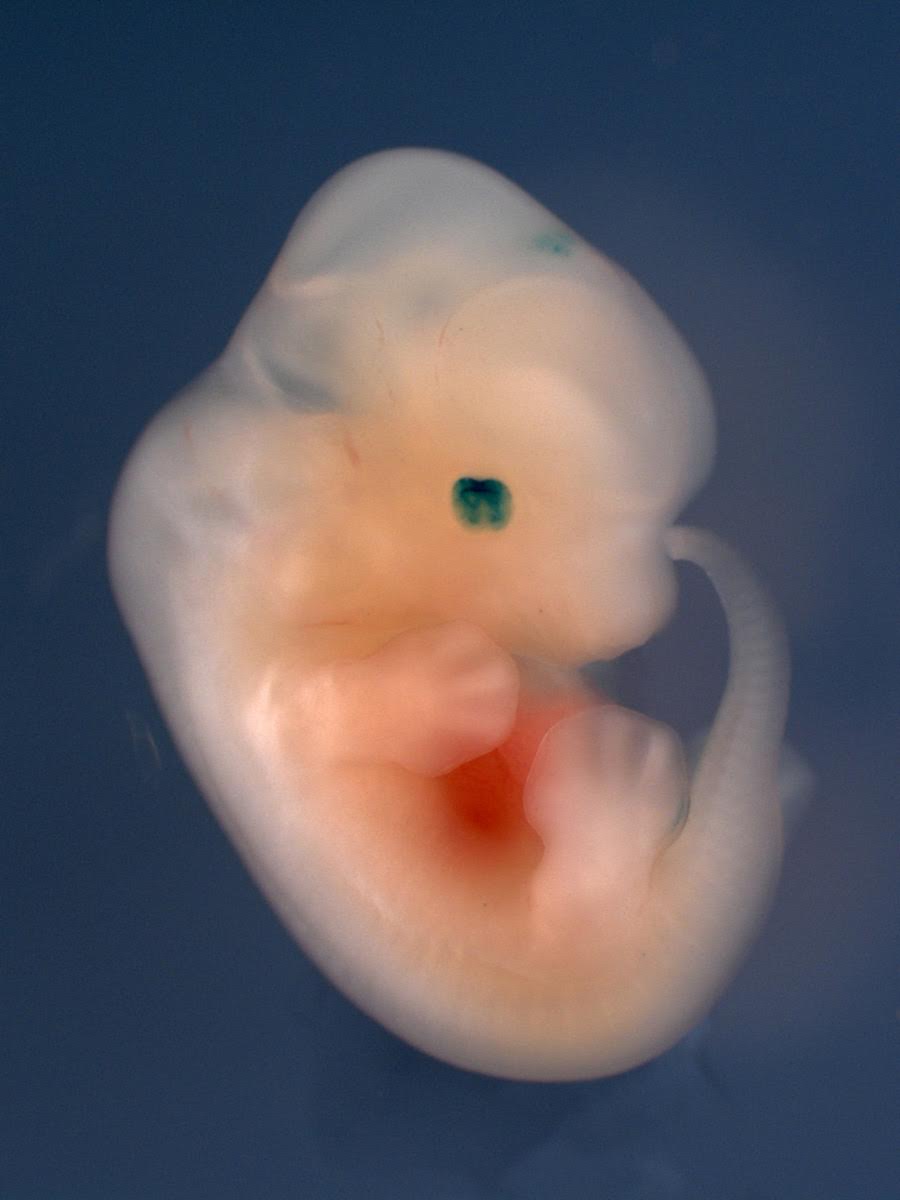
The Anolis lizard limb enhancer genes work just like mammal limb enhancer genes: They prompt the growth of both legs and genitals. But what about very similar enhancer sequences in snakes?
This image shows a mouse embryo injected with the limb/genital enhancer genes found in a king cobra. A blue tracer shows where the snake genes are active. Clearly, the legs of this embryonic mouse are not blue — meaning that the snake limb genes no longer play a role in the development of legs.
Using what you've got
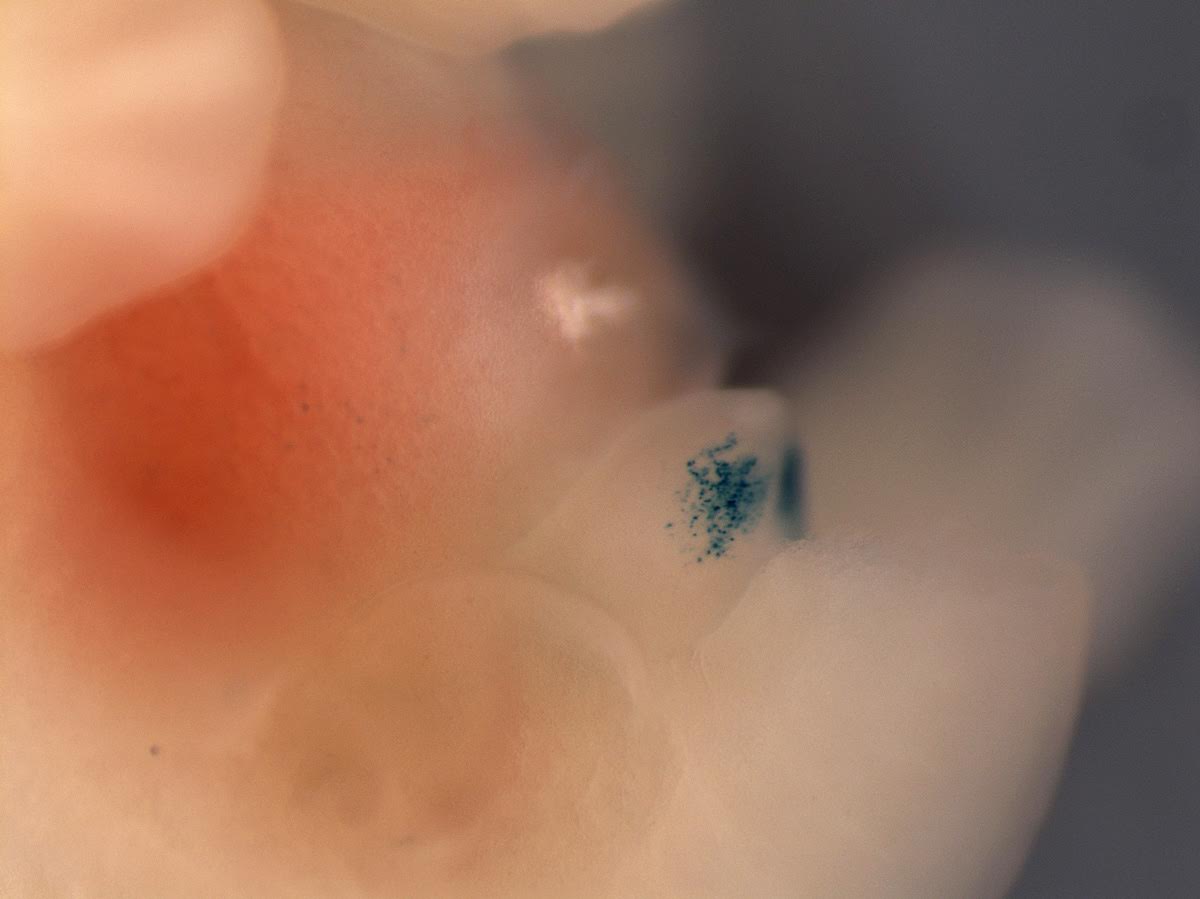
But the snake limb genes still prompt the development of the phallus. This image is a close-up of the developing genitals of a mouse injected with limb/genital enhancing genes from a king cobra. As the previous picture showed, these snake genes have lost their ability to promote limb growth. But they're still active in the growth of the phallus (a structure which becomes the penis in males and clitoris in females). This explains why snakes haven't lost these genes during the process of evolution. Instead, serpents have re-purposed them for another use.
Follow Stephanie Pappas on Twitter and Google+. Follow us @livescience, Facebook & Google+.

Stephanie Pappas is a contributing writer for Live Science, covering topics ranging from geoscience to archaeology to the human brain and behavior. She was previously a senior writer for Live Science but is now a freelancer based in Denver, Colorado, and regularly contributes to Scientific American and The Monitor, the monthly magazine of the American Psychological Association. Stephanie received a bachelor's degree in psychology from the University of South Carolina and a graduate certificate in science communication from the University of California, Santa Cruz.









